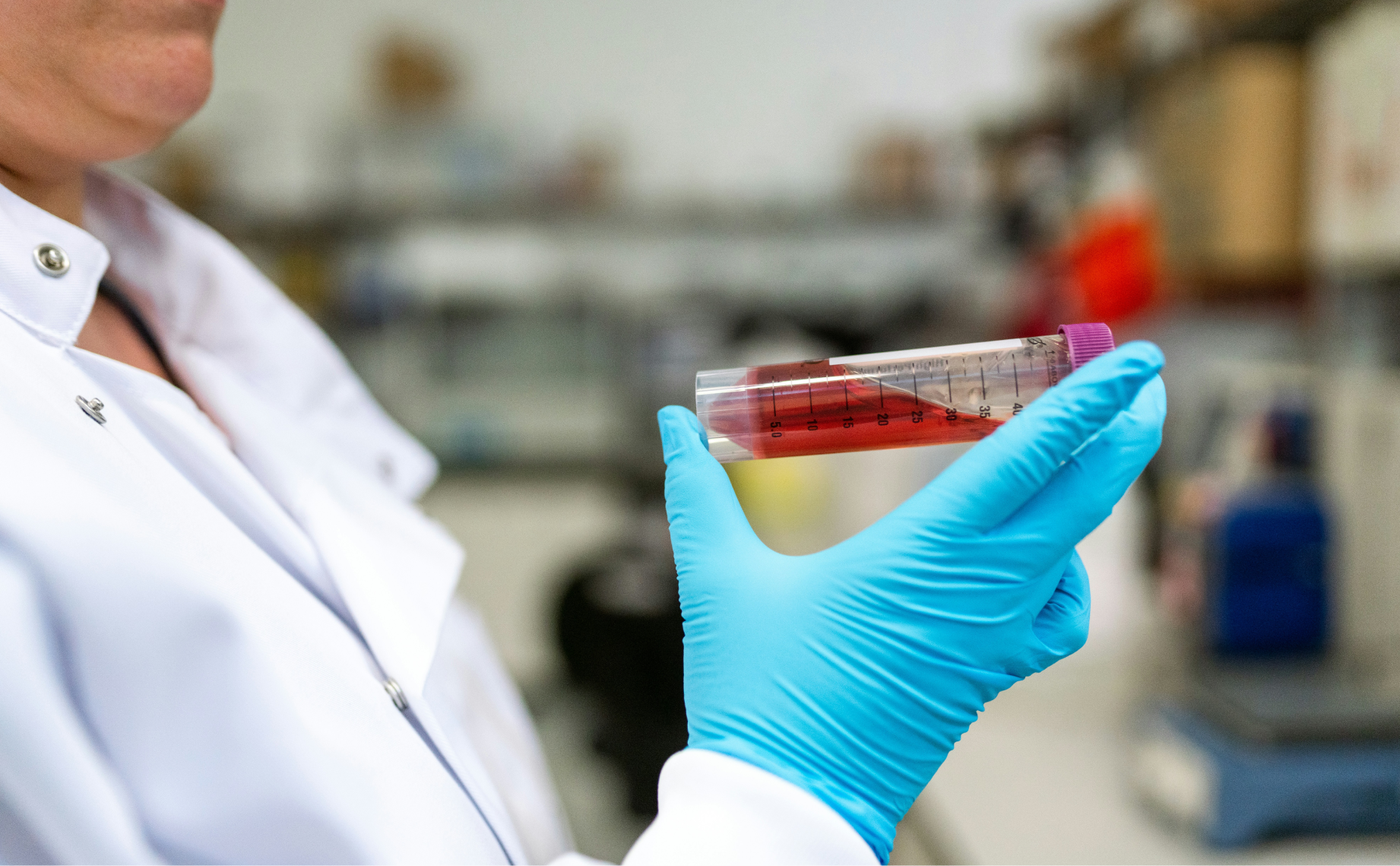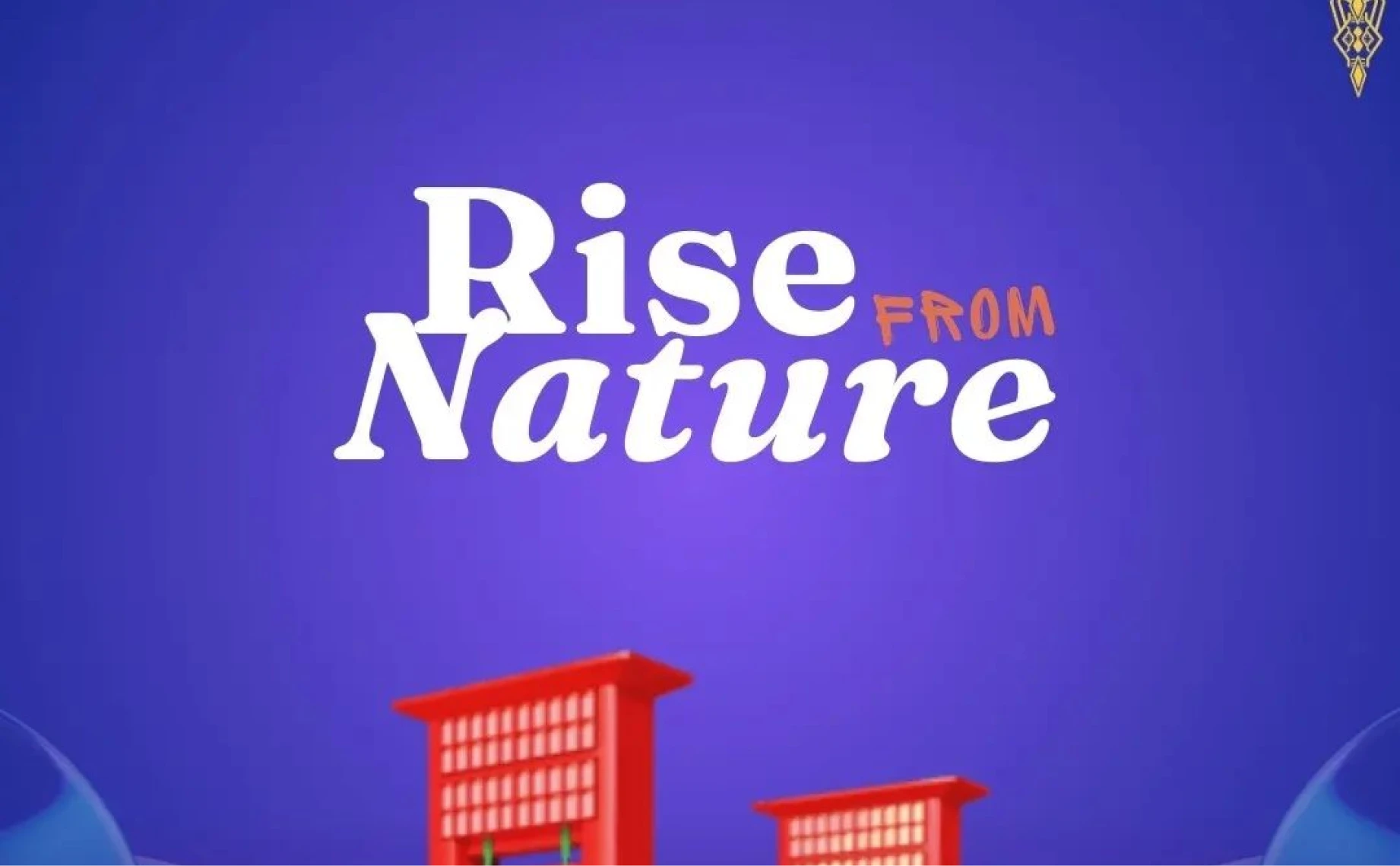Science and technology have always been interconnected, driving human progress and transforming societies. At the core of many groundbreaking innovations lies a deep synergy between scientific discovery and technological application. As these fields continue to evolve, they play a crucial role in shaping the future, pushing the boundaries of what is possible. This article explores the intersection of science and technology, highlighting their role in fostering innovations that have the potential to change the world.
What is Science?
Science is a systematic enterprise that builds and organizes knowledge in the form of testable explanations and predictions about the universe. At its heart, science is about understanding the world around us through observation, experimentation, and analysis. From physics to biology, and chemistry to astronomy, science seeks to answer fundamental questions about how things work and why they happen.
Science is driven by curiosity and a desire to explore the unknown. It involves generating hypotheses, conducting experiments, analyzing data, and drawing conclusions based on evidence. The scientific method, a standardized approach used by scientists worldwide, ensures that discoveries are objective, reproducible, and reliable.
What is Technology?
Technology refers to the application of scientific knowledge for practical purposes, particularly in industry and everyday life. It involves the creation of tools, systems, and devices that solve problems, improve processes, or enhance human capabilities. From the invention of the wheel to the development of the internet, technology has been a driving force behind human advancement.
Technology can be as simple as a lever or as complex as artificial intelligence. It encompasses everything from smartphones and medical devices to renewable energy systems and space exploration technologies. Essentially, technology translates scientific discoveries into practical solutions that improve our quality of life.
What is Innovation?
Innovation is the process of translating new ideas, methods, or products into value. It involves introducing something new or significantly improving existing solutions to address a problem or seize an opportunity. Innovation is not limited to creating new inventions; it also encompasses rethinking existing processes, business models, and ways of thinking.
Innovation can occur in various fields, including business, healthcare, education, and manufacturing. It often results from the intersection of science and technology, where scientific insights inspire new technological developments, and technological advancements open new avenues for scientific exploration.
The Intersection of Science and Technology
The intersection of science and technology is where innovation thrives. Science provides the foundational knowledge that fuels technological advancements, while technology offers tools and methods that enable scientific discovery. This relationship is cyclical: new technologies lead to scientific breakthroughs, which in turn pave the way for further technological innovations.
For example, advances in physics have led to the development of technologies like X-rays, MRI machines, and lasers, which have revolutionized healthcare. Similarly, technological tools such as computers and data analysis software have accelerated scientific research in fields ranging from genomics to climate modeling.
Innovations at the Intersection of Science and Technology
1. Artificial Intelligence (AI) and Machine Learning
One of the most transformative innovations at the intersection of science and technology is artificial intelligence (AI). AI involves creating systems that can perform tasks that typically require human intelligence, such as problem-solving, pattern recognition, and decision-making.
Machine learning, a subset of AI, allows computers to learn from data and improve over time without being explicitly programmed. AI and machine learning are driving innovation across various sectors, from healthcare and finance to manufacturing and entertainment.
In healthcare, AI is being used to develop personalized treatment plans, predict patient outcomes, and improve diagnostic accuracy. In finance, AI algorithms analyze market trends and assist in investment decisions. As AI continues to evolve, it holds the potential to revolutionize industries and address complex global challenges.
2. Biotechnology and Genetic Engineering
Biotechnology is the use of biological processes, organisms, or systems to develop products and technologies that improve human life. Genetic engineering, a key area of biotechnology, involves modifying the genetic makeup of organisms to achieve desired traits.
Innovations in genetic engineering, such as CRISPR-Cas9, have opened new possibilities in medicine, agriculture, and environmental science. CRISPR-Cas9 is a revolutionary gene-editing tool that allows scientists to make precise changes to DNA, potentially curing genetic disorders, improving crop resilience, and addressing environmental issues.
Biotechnology also plays a crucial role in developing vaccines, biofuels, and sustainable materials, demonstrating the powerful impact of science and technology working together.
3. Nanotechnology
Nanotechnology involves manipulating matter at the atomic and molecular scale to create materials with unique properties. This field of science and technology has led to the development of new materials and devices with applications in medicine, electronics, energy, and environmental protection.
Nanotechnology is already being used to create more efficient solar panels, targeted drug delivery systems, and stronger, lighter materials for aerospace and automotive industries. The ability to manipulate materials at the nanoscale opens up possibilities that were previously unimaginable, pushing the boundaries of what technology can achieve.
4. Renewable Energy Technologies
The quest for sustainable and clean energy sources has driven innovation at the intersection of science and technology. Advances in solar, wind, and battery technologies are transforming the energy landscape, reducing reliance on fossil fuels, and mitigating the impact of climate change.
For instance, improvements in photovoltaic cells have made solar energy more affordable and accessible. Wind turbine designs have become more efficient, and breakthroughs in energy storage technologies, such as lithium-ion and solid-state batteries, are enabling more reliable and scalable renewable energy solutions.
These innovations are not only addressing the global energy crisis but also creating new economic opportunities and contributing to a more sustainable future.
5. Quantum Computing
Quantum computing is an emerging field that leverages the principles of quantum mechanics to perform calculations at speeds far beyond the capabilities of traditional computers. While still in its early stages, quantum computing has the potential to revolutionize industries by solving complex problems that are currently intractable.
Quantum computers could transform fields such as cryptography, materials science, and pharmaceuticals by enabling simulations and calculations that are impossible with conventional computing. As quantum technology continues to develop, it promises to unlock new possibilities in scientific research and technological innovation.
6. Space Exploration and Satellite Technology
Space exploration has always been at the forefront of science and technology. The development of satellite technology, space probes, and crewed missions has expanded our understanding of the universe and our place within it.
Today, innovations like reusable rockets, nanosatellites, and advanced telescopes are pushing the boundaries of space exploration. Satellite technology, in particular, plays a vital role in communication, weather forecasting, navigation, and environmental monitoring. As space technology continues to evolve, it will open new frontiers for scientific discovery and economic development.
The Role of Innovation in Changing the World
Innovation at the intersection of science and technology has the power to address some of the most pressing challenges facing humanity. From improving healthcare outcomes to combating climate change, these innovations are reshaping our world in profound ways.
1. Improving Quality of Life
Innovations in healthcare, such as personalized medicine, telehealth, and wearable technology, are enhancing the quality of life for millions of people. Science and technology are enabling early disease detection, more effective treatments, and improved patient care, leading to longer, healthier lives.
2. Driving Economic Growth
Technological advancements fuel economic growth by creating new industries, jobs, and business opportunities. Innovations in automation, artificial intelligence, and digital platforms are transforming traditional business models and driving productivity gains across sectors.
3. Addressing Global Challenges
Science and technology are at the forefront of efforts to tackle global challenges such as climate change, food security, and access to clean water. Innovations in renewable energy, sustainable agriculture, and water purification are providing solutions that can help secure a more sustainable future for the planet.
4. Enhancing Connectivity and Communication
The digital revolution has transformed how we connect, communicate, and share information. Innovations in telecommunications, social media, and data analytics are bridging gaps between people and communities, fostering collaboration and understanding on a global scale.
5. Expanding Human Knowledge
The intersection of science and technology continues to expand the boundaries of human knowledge. Whether it’s exploring distant galaxies, mapping the human genome, or developing AI that can learn and adapt, these innovations are unlocking new frontiers of understanding.
How to Foster Innovation at the Intersection of Science and Technology
1. Invest in Research and Development
Investment in research and development (R&D) is crucial for driving innovation. Governments, businesses, and academic institutions must continue to support R&D initiatives that push the boundaries of science and technology.
2. Encourage Collaboration Across Disciplines
Innovation often occurs at the intersection of different fields. Encouraging collaboration between scientists, engineers, entrepreneurs, and policymakers can lead to creative solutions that address complex challenges.
3. Promote STEM Education
Science, technology, engineering, and mathematics (STEM) education is essential for cultivating the next generation of innovators. By promoting STEM education, we can equip future generations with the skills needed to drive scientific and technological advancements.
4. Support Startups and Entrepreneurs
Startups and entrepreneurs play a critical role in bringing innovative ideas to market. Providing access to funding, mentorship, and resources can help these innovators turn their concepts into reality.
5. Embrace a Culture of Curiosity and Experimentation
Fostering a culture of curiosity, experimentation, and risk-taking is vital for innovation. Organizations and individuals alike must be willing to explore new ideas, learn from failures, and continuously adapt to changing circumstances.
Conclusion
The intersection of science and technology is a powerful engine of innovation, driving progress and transforming the world as we know it. From AI and biotechnology to renewable energy and quantum computing, the innovations emerging from this dynamic relationship are reshaping industries, improving quality of life, and addressing global challenges.
As we look to the future, it is essential to continue investing in research, supporting collaboration, and fostering a culture of innovation. By doing so, we can unlock the full potential of






